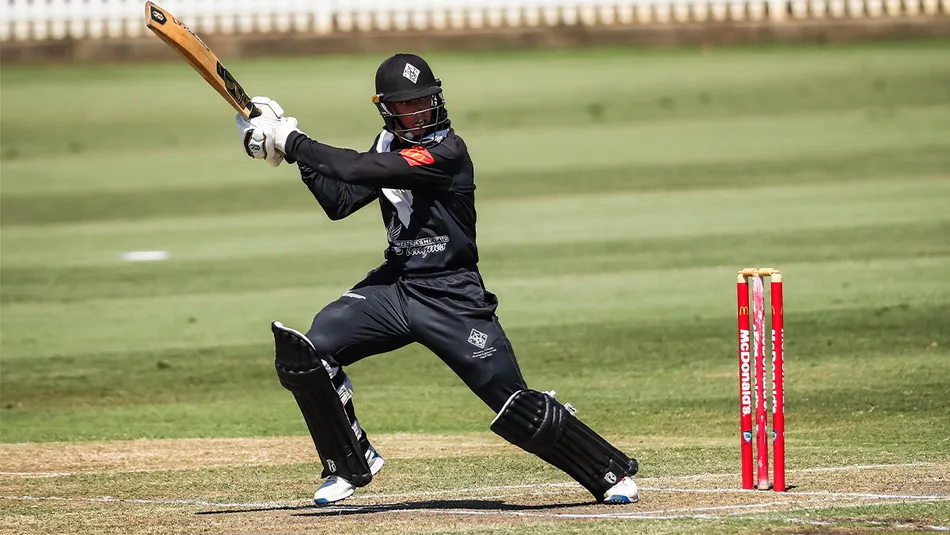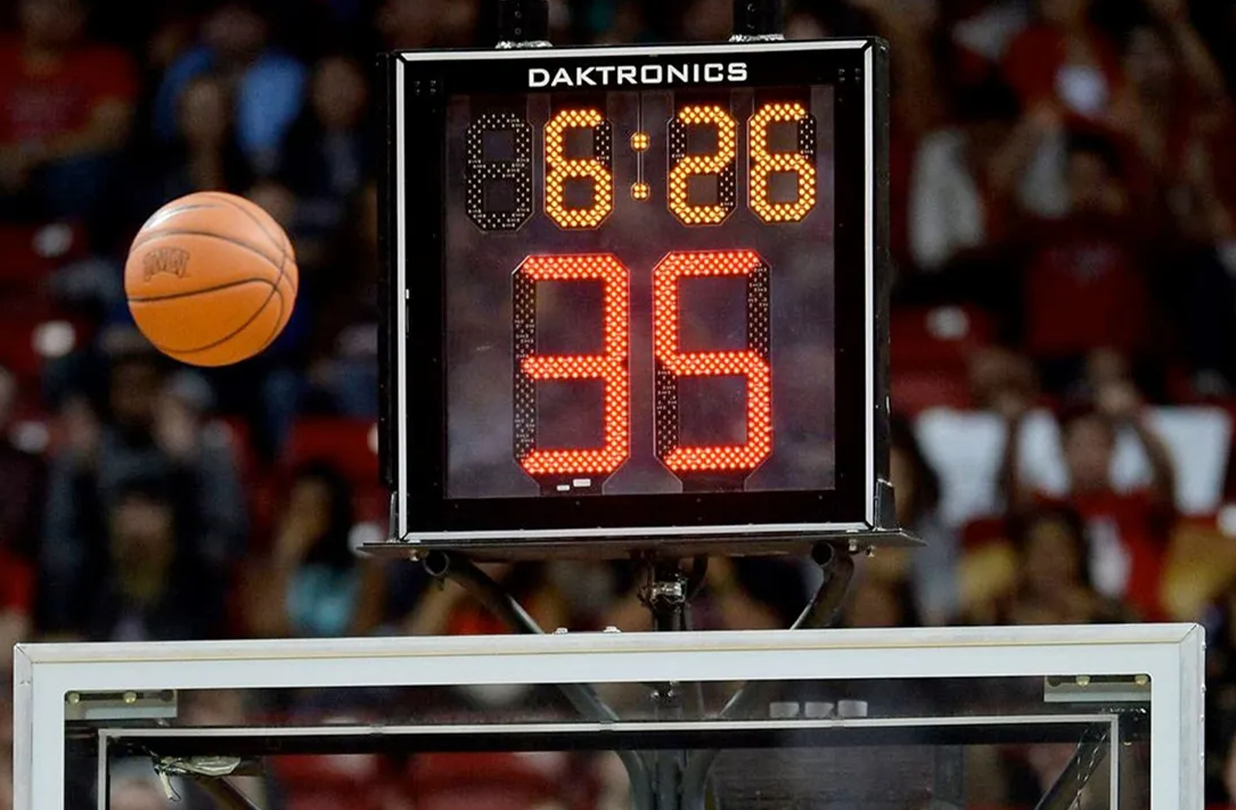amicitaacademy.com – Cricket is one of the most popular sports in the world, enjoyed by millions of fans across different formats, including Test, One Day Internationals (ODIs), and Twenty20 (T20). The game is governed by the rules and regulations set by the International Cricket Council (ICC) and the Marylebone Cricket Club (MCC). This guide outlines the fundamental rules and regulations of cricket.
1. Objective of the Game
Cricket is played between two teams of 11 players each. The objective is to score more runs than the opposing team while dismissing their batsmen within the allotted overs or innings.
2. Basic Cricket Terminologies
- Innings: A turn for batting or bowling.
- Runs: The unit of scoring in cricket.
- Wicket: Can refer to the set of stumps or the dismissal of a batsman.
- Over: A set of six legal deliveries bowled by a bowler.
- Boundary: A shot that reaches the fence, scoring either four (if it touches the ground first) or six runs (if it clears the boundary in the air).
3. Field Layout and Equipment
- The cricket field consists of a 22-yard pitch, a wicket at both ends with three stumps and two bails.
- Standard equipment includes a bat, ball, gloves, pads, and protective gear.
4. Rules of Batting
- A team has a batting lineup, and two batsmen are on the field at a time.
- Batsmen attempt to score runs by hitting the ball and running between the wickets or hitting boundaries.
- A batsman is out if they are bowled, caught, leg before wicket (LBW), run out, stumped, hit wicket, or retired hurt.
5. Rules of Bowling
- A bowler delivers six legal balls to complete an over.
- The bowler must not overstep the crease (results in a no-ball).
- A ball must be bowled without bending the elbow beyond 15 degrees.
6. Fielding Rules
- The fielding team aims to restrict runs and dismiss batsmen.
- Field placements have restrictions, such as powerplays in limited-overs cricket.
- Catches must be taken cleanly without the ball touching the ground.
7. Scoring System
- Runs are scored when batsmen run between the wickets or hit boundaries.
- Extras include wides, no-balls, byes, and leg-byes.
- The team with the highest total at the end of the match wins.
8. Match Formats
- Test Cricket: Played over five days with unlimited overs.
- ODI Cricket: Each team gets 50 overs.
- T20 Cricket: Each team gets 20 overs, making it the shortest format.
9. Dismissal Modes
- Bowled: Ball hits the stumps and dislodges the bails.
- Caught: Ball is caught before touching the ground.
- LBW: Ball would have hit the stumps but is blocked by the batsman’s leg.
- Run Out: A batsman is outside the crease when the ball hits the stumps.
- Stumped: The wicketkeeper removes the bails while the batsman is outside the crease.
10. Umpiring and Decision-Making
- Matches are officiated by two on-field umpires and a third umpire for reviews.
- The Decision Review System (DRS) allows teams to challenge on-field decisions.
Conclusion
Cricket is a game rich in tradition and strategy, governed by a well-defined set of rules. Understanding these rules enhances the experience for players and fans alike. Whether playing Test matches, ODIs, or T20s, the fundamental principles remain the same: scoring runs, taking wickets, and strategic gameplay.






